In harm’s way: Our actions put people and wildlife at risk of disease
Oct 20, 2021
- While global attention is currently focused on COVID-19 and other zoonotic diseases that jump from animals to humans, diseases that breach the species barrier also pass from people and domestic animals to wild species.
- Human alteration of the planet — the felling of forests, the legal and illegal wildlife trade, climate change, and other disruptions — is driving escalating unnatural interactions between species, allowing diseases to mutate and infect new hosts.
- Infectious disease poses a serious threat to tigers, chimpanzees, Ethiopian wolves, African wild dogs and a host of other threatened species. Viral diseases spread by humans, livestock and other domestic animals could serve as the knockout punch to endangered species already teetering on the edge of extinction.
- There’s growing support for a One Health strategy, which recognizes that human health, animal health and the health of the planet are inextricably linked — that protecting the planet is crucial to the health of all.
A gaunt, staggering tigress named Galia alerted researchers in the Russian Far East that something was very wrong. She, and soon other wild Amur tigers (Panthera tigris altaica), wandered through villages and stumbled across roads, dazed, hungry, and boldly unafraid of humans — extremely abnormal behavior for this secretive, wary cat.
When tiger expert Dale Miquelle investigated, he linked these mysterious neurological problems to symptoms of canine distemper, a global and highly contagious virus, that the tigers likely acquired by preying on infected feral dogs or viral hosts: martens or wolves. Galia and others died.
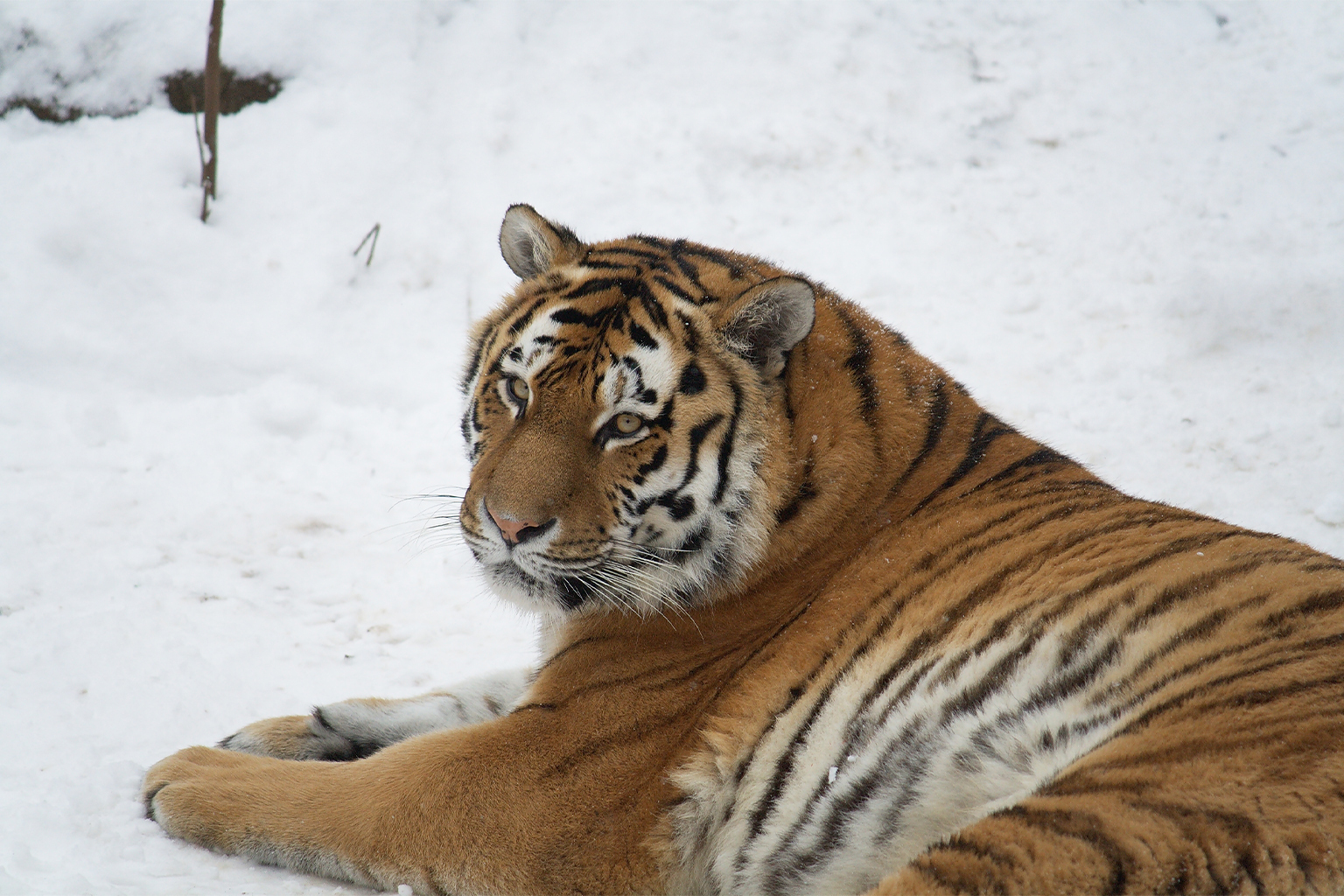
The COVID-19 pandemic has reminded us that many pathogens are zoonotic, jumping from one species to another. Today, global attention focuses on those that originate in wildlife and mutate to infect humans, livestock and our beloved pets. But many pathogens also leap in the other direction, with humans or domestic animals spreading disease to wildlife, says Steve Osofsky, director of the Cornell Wildlife Health Center in Ithaca, New York.
Few people realize that simply bringing humans, cows, pigs, chickens or dogs into — or adjacent to — a wild area can hasten the demise of endangered species. Canine distemper offers just one jarring example: It has substantially increased the odds that the last 500 Amur tigers could disappear forever in the next 50 years.
“There’s a surprisingly simple underlying cause,” Osofsky says: “Our broken relationship with wild nature, often based on a hubris that we are somehow separate from the rest of life on Earth.”
Human activity is rapidly altering nearly every natural system on Earth, so dramatically that it has launched a new geological epoch, the Anthropocene. Many human changes — ranging from rampant deforestation, ranching, farming and global commerce, to international travel, the wildlife trade and climate change — help spread disease.
That’s because these activities bring people, livestock and wildlife into close contact, exposing all to bacteria and viruses for which they lack immunity. In a warming world, mosquitoes, ticks and other parasitic disease carriers are expanding their ranges, bringing deadly and debilitating disease along with them. These changes help new diseases to emerge, disseminate existing diseases to new areas, and escalate outbreaks. In the future, novel diseases could bring other unforeseen consequences, with pandemics impacting entire ecosystems.

Living in a viral, bacterial world
Researchers estimate that all the world’s viruses, laid end to end, would stretch across 100 million light years. Many originate in animals that act as hosts, sometimes without symptoms. Numerous serious diseases have crossed the species barrier to spark human epidemics or global pandemics, including bubonic plague, influenza, malaria, Ebola, HIV, smallpox, tuberculosis, Lyme disease, COVID-19, and many more.
“Approximately 70% of all emerging and reemerging pathogens are zoonotic, and we don’t know when the next threat — the next disease X — will emerge,” said World Health Organization (WHO) Director-General Tedros Adhanom Ghebreyesus at a global animal health meeting earlier this year.
An estimated 1.7 million viruses remain undiscovered in mammals and birds, according to a recent “Escaping the ‘Era of Pandemics’” report. All depend on animal or human hosts to replicate, spread and survive. Most new infectious zoonoses have emerged in tropical regions, areas that are home to a rich array of species and the many pathogens they host. China, Southeast Asia, India and parts of Africa are global hotspots.
Disease is part of the natural world. Viruses and bacteria are woven into ecosystems in a healthy, diverse environment, where native residents have evolved defenses that prevent devastating rates of infection and death. Intact ecosystems maintain equilibrium: The wide web of life that thrives in tropical forests, for example, normally keeps disease hosts, such as rodents, in check, says Rick Ostfeld, a disease ecologist at the Cary Institute of Ecosystem Studies in Millbrook, New York.
That’s not the case in places where people have devastated native animal populations, introduced invasive species, diced up or destroyed wild lands, or moved domestic animals into close proximity to wild species.


The greatest danger of new pandemics often lies in these disturbed landscapes, says Chris Walzer, a veterinarian and executive director for health at the Wildlife Conservation Society (WCS) in the Bronx, New York. When humans, their livestock and dogs take up residence in previously wild places, this unnatural interface allows people and animals to swap new infectious pathogens. This creates perfect conditions for diseases to evolve and spill over into a new species: they can jump from animals to people — or from people to animals.
Some viruses, like pox or herpes viruses, rarely move between species. Other viruses adapt easily and have innumerable hosts to choose from, says Billy Karesh, executive vice president for health and policy at the New York-based EcoHealth Alliance. Rabies is one of the most adaptable. It’s transmitted by the bite of any of 170 species of mammals, including humans, and is found on every continent except Antarctica. Without treatment, brain inflammation proves invariably deadly.
We don’t know the true history of some zoonotic diseases, including canine distemper. Researchers are unsure whether big cats were always vulnerable. There was a brief mention in a 1950 journal article of two lion cubs infected by a cocker spaniel. In 1991-92, the disease swept through California’s now-defunct Wildlife Waystation roadside zoo, killing 17 leopards, tigers and lions, and a jaguar. Biologists only realized the conservation threat posed by canine distemper — and by stray dogs — when a 1994 outbreak devastated the Serengeti’s lions (Panthera leo). About 1,000 succumbed, a third of the population in the Tanzanian national park.
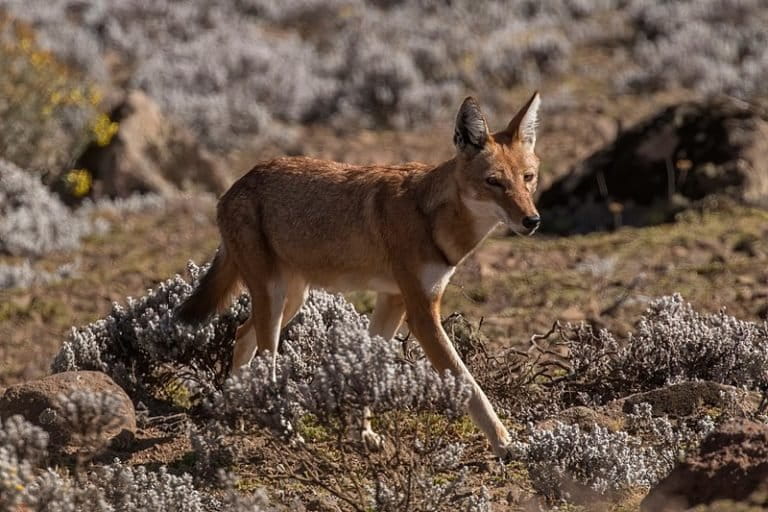
Canine distemper has also hit other wildlife hard. The virus has killed off some 10,000 Caspian seals (Phoca caspica); nearly exterminated the black-footed ferret (Mustela nigripes) in the U.S., and the Ethiopian wolf (Canis simensis) in Africa; and eliminated entire packs of critically endangered African wild dogs (Lycaon pictus). In 2018, it spread among the last 600 Asiatic lions (Panthera leo leo). They hang on today in one forest patch in Gujarat, India; a single epidemic or other disaster could wipe them out.
COVID-19 hasn’t only struck humans; it’s also infected animals. In the United States alone, farmed mink, cougars, gorillas, otters, snow leopards and other species have been diagnosed with the disease, according to the U.S. Centers for Disease Control and Prevention. This September, the great cats at the National Zoo in Washington D.C. — six African lions, a Sumatran tiger and two Amur tigers — all tested positive for the virus. At-risk animals are now receiving a vaccine developed for animals by Zoetis, a global animal health company, and approved for use by the U.S. Department of Agriculture.

Fostering a One Health perspective
Veterinarians have always been acutely aware of the back-and-forth role humans and animals play in disease transmission, Walzer says. It’s part of their traditional education: They know that farmers may pick up diseases from the pigs or cows they handle, he says. They also regularly diagnose diseases that pass between species, sometimes transmitted by ticks, mosquitoes or fleas. And, he adds, they are keenly aware that the health of animals and people is inextricably linked to the health of the environment.
This concept — known variously as One Health, planetary health, or Eco Health — has gained increasing recognition over the last two decades among a wide range of experts, ranging from medical and public health professionals to economists, working within governments, NGOs, the WHO, the United Nations and other international organizations.
But veterinarians and conservationists remain among the few who clearly recognize a potentially dire conservation repercussion of zoonotic disease: extinction. A deadly outbreak could push threatened species over the edge.
The critically endangered golden lion tamarin (Leontopithecus rosalia) offers a good example. By the 1980s, this primate, endemic to Brazil’s Atlantic Forest, numbered just a few hundred in the wild. But by 2014, intensive conservation efforts restored the population to 3,700. Then, in 2018, a regional yellow fever epidemic in people also hit the tamarins, killing a third of the population in a single year. The human yellow fever vaccine was then tested successfully on captive tamarins, offering the species new hope. Biologists plan to vaccinate 500 of the animals, but the program has been delayed: the scientists are afraid of infecting the monkeys with COVID-19.

Africa provides another example of the dramatic declines that iconic species can suffer from disease, Osofsky says — though not in the way one might expect. In the 1950s, ranchers began fencing off huge areas to protect their herds from African wild buffalo, which can harbor highly contagious foot-and-mouth disease. Those fences blocked ancient migratory routes, preventing access to seasonal grazing and fresh water. Osofsky observed firsthand what he calls “this tragic, costly conflict between the livestock and wildlife sectors” when he served as Botswana’s first wildlife veterinary officer in the early 1990s. “Hundreds of thousands, if not millions, of wild animals have died because of those fences,” he says, including wildebeest, rhinos, zebras and elephants.
Wild animal markets present yet another important human-animal disease interface, says Debbie Banks, a wildlife crime expert with the London-based Environmental Investigation Agency. Each year, millions of animals are pulled from the wild, legally and illegally, or bred on “wildlife farms.” They are then shipped, live or in parts, across the globe, she says. This lucrative international trade in wildlife is driven by demand for traditional Chinese medicine, for meat, fur, decoration, jewelry, and other products.
Many of those animals are sold in live markets. They’re packed together in unsanitary conditions — a cacophony of wild animals interspersed with pigs and poultry. They all swap germs. These markets provide perfect breeding grounds for new diseases to jump species or for existing disease to spread.
“Pathogens don’t care if they’re being carried by an animal that was legally or illegally traded,” Banks notes.
The legal trade dwarfs the illegal trade, and the crowded conditions at industrial-scale wildlife farms also pose risk, says Chris Shepherd, executive director of Monitor, a nonprofit focusing on the wildlife trade. COVID-19 is a recent example. By early January 2021, the virus had raced through at least 400 industrial-scale mink farms in 10 countries: the animals had been infected by fur farm staff. It seems that in some locations, mink transmitted the virus back to their keepers. Experts are concerned about the possibility of new COVID-19 variants developing as the disease leaps back and forth between species.
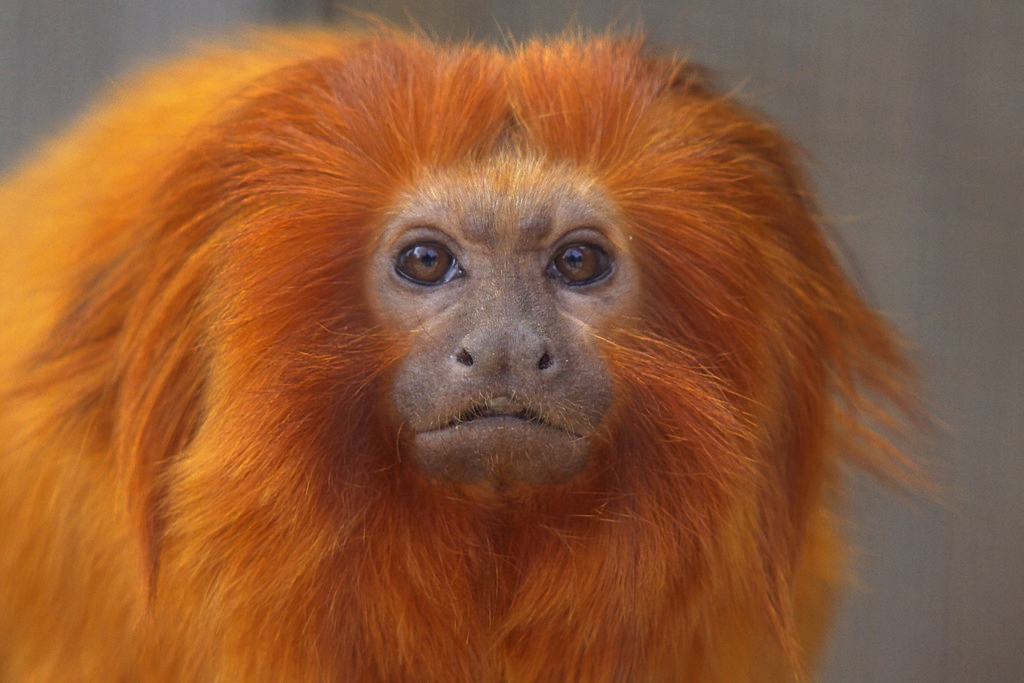

Jumping the species barrier: Livestock to wildlife
Livestock diseases that infect wildlife are a huge conservation issue, says Karesh, who is also a veterinarian. Some trigger disastrous die-offs. In 2017, goats that shared grazing grounds with critically endangered Mongolian saiga antelopes (Saiga tatarica mongolica) in Western Mongolia passed on a deadly disease, peste des petits ruminants (PPR). The virus devastated the population in just four months, from an estimated 25,699 individuals in January 2017 to 8,806 in May.
As with human pandemics, some animal diseases have spread across continents, jumping from wildlife to livestock and back to wildlife. The current African swine fever pandemic is a recent example and remains a serious concern, Karesh says. This highly contagious, untreatable hemorrhagic virus is carried by wild warthogs (Phacochoerus africanus) and bush pigs (Potamochoerus larvatus) in Africa; they are unaffected. This virus doesn’t sicken people, either. But for farmed pigs, it’s deadly.
In 2007, the virus moved from sub-Saharan Africa to the nation of Georgia, and then into Europe. There, it passed back and forth between farmed pigs and their close relative, the wild boar, killing both. Since then, African swine fever has blazed across Russia, reaching China in 2018 where more than 300 million domestic pigs died of the lethal virus or were culled, economically devastating farmers and limiting a key protein source.
It has now infiltrated Southeast Asia, where it endangers 11 highly unique wild pig species. If the outbreak continues spreading there, these wild pigs, with their limited numbers and small ranges, could be wiped out, with cascading destructive effects on their ecosystem.
These wild pigs are the engineers of their world, tilling soil, both encouraging and controlling forest plant and tree growth. As prey, they sustain critically endangered predators, including Sumatran tigers (Panthera tigris sumatrae), and Javan leopards (Panthera pardus melas) in Indonesia. Without wild pigs to eat, the big cats move into villages to go after livestock, and often end up dead — victims of a chain of events that started with the swine fever virus back in Africa.
This is just one of many, many zoonotic diseases that go both ways, as wildlife contract a disease from domestic animals and then spill it back, Karesh says. Another example is the highly contagious Newcastle disease, which has been diagnosed in more than 240 species of birds, ranging from wild turkeys and ducks to ostriches and farmed poultry.
There is also often collateral natural community damage that follows upon the deaths caused by a virus or bacteria. Loss of key species — seed dispersers, predators or prey — may ripple outward through entire ecosystems.

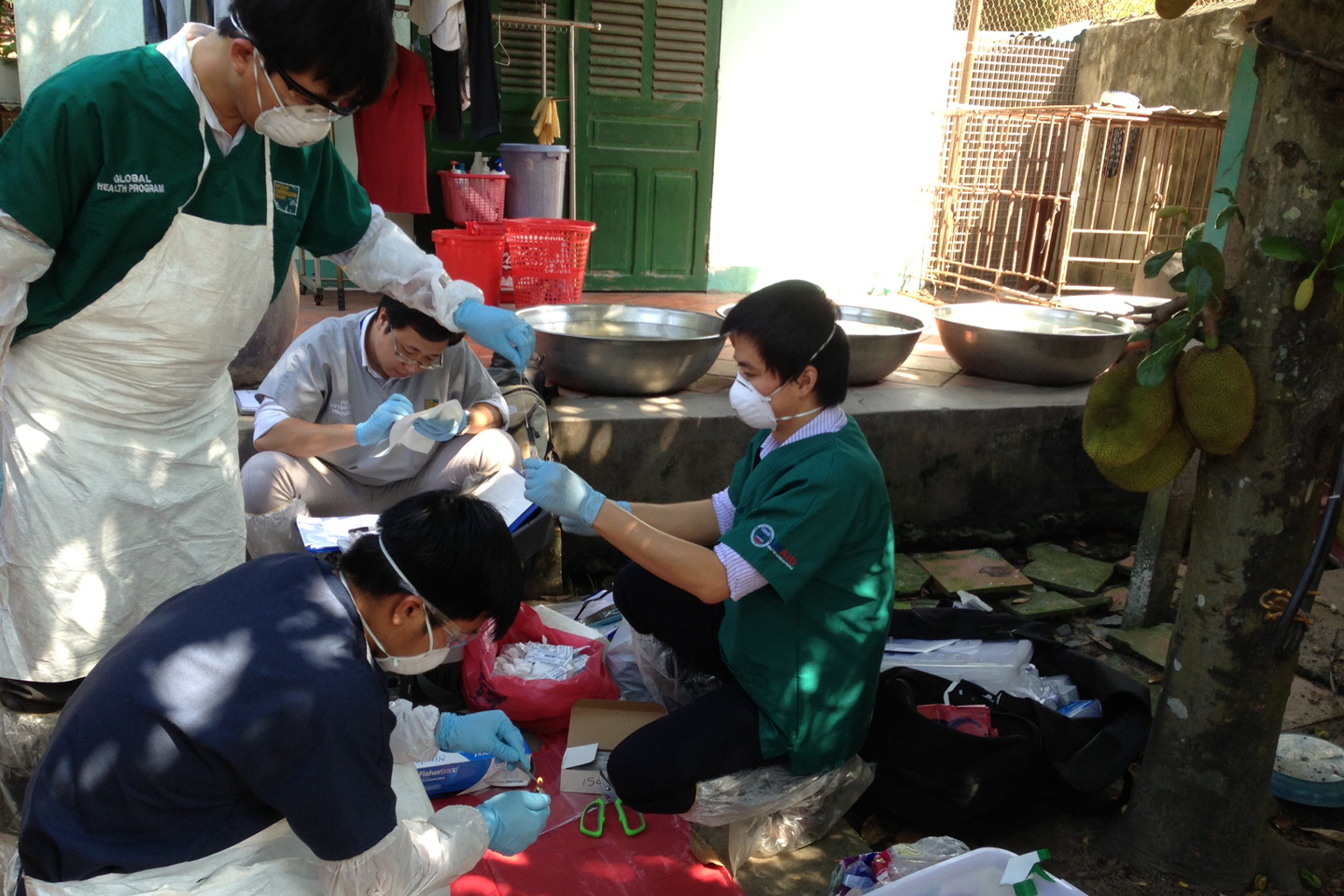
Jumping the species barrier: Humans to wildlife
Some two-thirds of human diseases originate in animals, but we also sicken them. Our closest relatives, chimpanzees, gorillas and other primates, are particularly vulnerable: They share some 97% of our genetic makeup. The common cold can slay a gorilla.
The greatest threat facing chimps in Tanzania’s Gombe National Park, the troop made famous by researcher Jane Goodall, is disease. In 1966, a few years into her studies, a polio epidemic struck the Gombe chimps. They later fought bouts of influenza and pneumonia. All proved quite lethal, together causing about 35% of all deaths from 1960 through 2007. Goodall has said that she worries about the chimps’ health because tourists are permitted to camp in the park.
Mountain gorillas (Gorilla beringei beringei) are also at high risk. About 1,063 remain in Africa’s Virunga Mountains. They are regularly exposed to the park guards who protect them, to ecotourists, and, occasionally, to poachers. These great apes have suffered waves of human respiratory viruses, often because tourists venture too close, breaking a 7-meter (23-foot) distancing rule and passing their germs.
People have also spread human tuberculosis by coughing or sneezing on orangutans and other great apes. Captive elephants have also caught the human strain, and can pass it back our way. In Asian elephants, TB settles in as a chronic, debilitating illness.

Mosquitoes, ticks and fleas
Blood-sucking parasites carry innumerable pathogens that sicken wildlife. Mosquitoes carry a host of them, including sylvatic yellow fever, which infects monkeys. In Africa, where it originated, simians evolved with the disease, so they don’t really get sick. The virus likely immigrated to the Americas on slave ships in the 1600s; here, it periodically decimates brown howler monkeys (Alouatta guariba clamitans), some of which are endangered, and also threatens golden lion tamarins.
The New York metropolitan area became ground zero for another mosquito-borne disease when it recorded its first case of West Nile virus in 1999, a disease identified in Uganda six decades earlier. In the years since its arrival in New York, millions of birds have died as the virus migrated across the U.S., into Mexico and the Caribbean. The U.S. Centers for Disease Control and Prevention lists 412 species of birds that have tested positive for West Nile. A vaccine developed for critically endangered California condors may have saved these rare birds from extinction.
The same bacterium that killed millions of people during the “Black Death” in Medieval Europe also impacts the animal kingdom. Bubonic plague, spread by flea bites, can be fatal to iconic cats, including mountain lions (Puma concolor), bobcats (Lynx rufus), and Canadian lynx (Lynx canadensis), as well as prairie dogs and other wildlife.
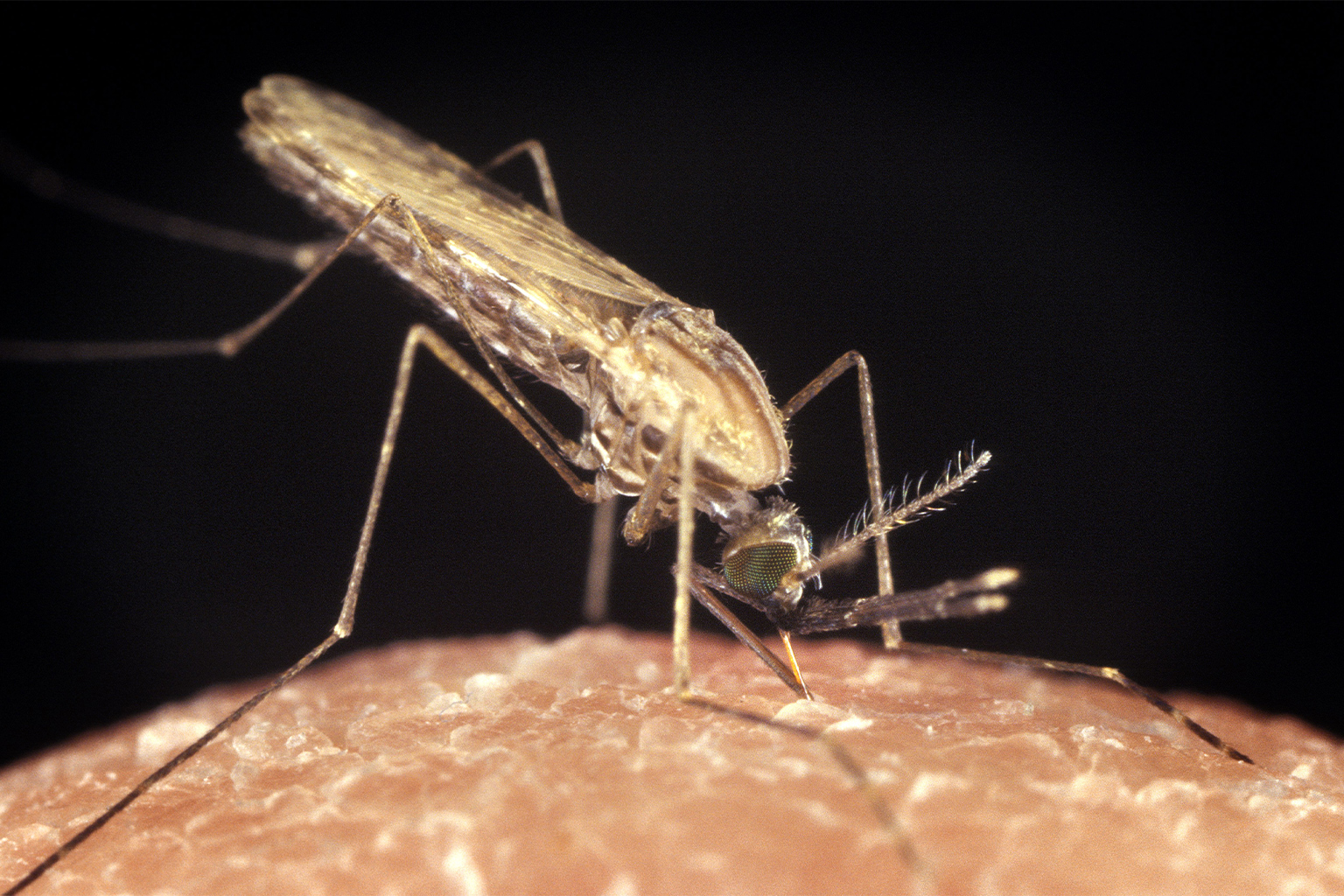

One Health is ‘in our own self-interest’
For decades, veterinarians, epidemiologists, conservationists and other experts have warned that disturbing planetary natural systems would trigger serious deleterious global health impacts. For wildlife already fighting to survive amid diminishing habitat and prey, poaching and climate change, adding disease to their risks could tip the scales toward extinction.
There’s growing support for a One Health strategy, which recognizes that human health, animal health and the health of the planet are inextricably linked — that protecting the Earth is crucial to the health of all.
The current pandemic has shone a bright light on the issue, bringing public attention in a new way, says WCS’s Walzer. “Everyone understands there are serious consequences, and the impacts are high. So there is a chance that now there will be some action.”
Osofsky agrees that swift action is “in our own self-interest, which is obviously always a good motivator to be better stewards of our backyards — and the planet.”
Citations:
Gilbert, M., Soutyrina, S. V., Seryodkin, I. V., Sulikhan, N., Uphyrkina, O. V., Goncharuk, M., … Miquelle, D. G. (2015). Canine distemper virus as a threat to wild tigers in Russia and across their range. Integrative Zoology, 10(4), 329-343. doi:10.1111/1749-4877.12137
Quigley, K. S., Evermann, J. F., Leathers, C. W., Armstrong, D. L., Goodrich, J., Duncan, N. M., & Miquelle, D. G. (2010). Morbillivirus infection in a wild Siberian tiger in the Russian Far East. Journal of Wildlife Diseases, 46(4), 1252-1256. doi:10.7589/0090-3558-46.4.1252
Gilbert, M., Sulikhan, N., Uphyrkina, O., Goncharuk, M., Kerley, L., Hernandez Castro, E., … Cleaveland, S. (2020). Distemper, extinction, and vaccination of the Amur tiger. Proceedings of the National Academy of Sciences, 117(50), 31954-31962. doi:10.1073/pnas.2000153117
Myers, S. S., Gaffikin, L., Golden, C. D., Ostfeld, R. S., H. Redford, K., H. Ricketts, T., … Osofsky, S. A. (2013). Human health impacts of ecosystem alteration. Proceedings of the National Academy of Sciences, 110(47), 18753-18760. doi:10.1073/pnas.1218656110
Microbiology by numbers. (2011). Nature Reviews Microbiology, 9(9), 628-628. doi:10.1038/nrmicro2644
Allen, T., Murray, K. A., Zambrana-Torrelio, C., Morse, S. S., Rondinini, C., Di Marco, M., … Daszak, P. (2017). Global hotspots and correlates of emerging zoonotic diseases. Nature Communications, 8(1). doi:10.1038/s41467-017-00923-8
Piat, B. L. (1950). Susceptibility of young lions to dog distemper. Bulletin des Services de l’Élevage et des Industries Animales de A.O.F., 3.
Appel, M. J., Yates, R. A., Foley, G. L., Bernstein, J. J., Santinelli, S., Spelman, L. H., … Summers, B. A. (1994). Canine distemper epizootic in lions, tigers, and leopards in North America. Journal of Veterinary Diagnostic Investigation, 6(3), 277-288. doi:10.1177/104063879400600301
Williams, E. S., Thome, E. T., Appel, M. J., & Belitsky, D. W. (1988). Canine distemper in black-footed ferrets (Mustela nigripes) from Wyoming. Journal of Wildlife Diseases, 24(3), 385-398. doi:10.7589/0090-3558-24.3.385
Goller, K. V., Fyumagwa, R. D., Nikolin, V., East, M. L., Kilewo, M., Speck, S., … Wibbelt, G. (2010). Fatal canine distemper infection in a pack of African wild dogs in the Serengeti ecosystem, Tanzania. Veterinary Microbiology, 146(3-4), 245-252. doi:10.1016/j.vetmic.2010.05.018
Van de Bildt, M. W. (2002). Distemper outbreak and its effect on African wild dog conservation. Emerging Infectious Diseases, 8(2), 212-213. doi:10.3201/eid0802.010314
Seltenrich, N. (2018). Down to Earth: The emerging field of planetary health. Environmental Health Perspectives, 126(7), 072001. doi:10.1289/ehp2374
Dietz, J. M., Hankerson, S. J., Alexandre, B. R., Henry, M. D., Martins, A. F., Ferraz, L. P., & Ruiz-Miranda, C. R. (2019). Yellow fever in Brazil threatens successful recovery of endangered golden lion tamarins. Scientific Reports, 9(1). doi:10.1038/s41598-019-49199-6
Mbaiwa, J. E., & Mbaiwa, O. I. (2006). The effects of veterinary fences on wildlife populations in Okavango Delta, Botswana. International Journal of Wilderness, 12(3), 17-41. Retrieved from http://citeseerx.ist.psu.edu/viewdoc/download?doi=10.1.1.630.7044&rep=rep1&type=pdf
Oude Munnink, B. B., Sikkema, R. S., Nieuwenhuijse, D. F., Molenaar, R. J., Munger, E., Molenkamp, R., … Koopmans, M. P. (2021). Transmission of SARS-CoV-2 on mink farms between humans and mink and back to humans. Science, 371(6525), 172-177. doi:10.1126/science.abe5901
Parida, S., Muniraju, M., Mahapatra, M., Muthuchelvan, D., Buczkowski, H., & Banyard, A. C. (2015). Peste des petits ruminants. Veterinary Microbiology, 181(1-2), 90-106. doi:10.1016/j.vetmic.2015.08.009
Denstedt, E., Porco, A., Hwang, J., Nga, N. T., Ngoc, P. T., Chea, S., … Pruvot, M. (2021). Detection of African swine fever virus in free‐ranging wild boar in Southeast Asia. Transboundary and Emerging Diseases, 68(5), 2669-2675. doi:10.1111/tbed.13964
Luskin, M. S., Meijaard, E., Surya, S., Sheherazade, Walzer, C., & Linkie, M. (2020). African Swine Fever threatens Southeast Asia’s 11 endemic wild pig species. Conservation Letters, 14(3), e12784. doi:10.1111/conl.12784
Ripple, W. J., Estes, J. A., Beschta, R. L., Wilmers, C. C., Ritchie, E. G., Hebblewhite, M., … Wirsing, A. J. (2014). Status and ecological effects of the world’s largest carnivores. Science, 343(6167). doi:10.1126/science.1241484
Patrono, L. V., Samuni, L., Corman, V. M., Nourifar, L., Röthemeier, C., Wittig, R. M., … Leendertz, F. H. (2018). Human coronavirus OC43 outbreak in wild chimpanzees, Côte d’Ivoire, 2016. Emerging Microbes & Infections, 7(1), 1-4. doi:10.1038/s41426-018-0121-2
Williams, J. M., Lonsdorf, E. V., Wilson, M. L., Schumacher‐Stankey, J., Goodall, J., & Pusey, A. E. (2008). Causes of death in the Kasekela chimpanzees of Gombe National Park, Tanzania. American Journal of Primatology, 70(8), 766-777. doi:10.1002/ajp.20573
Mazet, J. A., Genovese, B. N., Harris, L. A., Cranfield, M., Noheri, J. B., Kinani, J. F., … Gilardi, K. V. (2020). Human respiratory syncytial virus detected in mountain gorilla respiratory outbreaks. EcoHealth, 17(4), 449-460. doi:10.1007/s10393-020-01506-8
Moreno, E. S., Agostini, I., Holzmann, I., Di Bitetti, M. S., Oklander, L. I., Kowalewski, M. M., … Miller, P. (2015). Yellow fever impact on brown howler monkeys (Alouatta guariba clamitans) in Argentina: A metamodelling approach based on population viability analysis and epidemiological dynamics. Memórias do Instituto Oswaldo Cruz, 110(7), 865-876. doi:10.1590/0074-02760150075
Lanciotti, R. S., Roehrig, J. T., Deubel, V., Smith, J., Parker, M., Steele, K., … Gubler, D. J. (1999). Origin of the West Nile virus responsible for an outbreak of encephalitis in the Northeastern United States. Science, 286(5448), 2333-2337. doi:10.1126/science.286.5448.2333
Komar, N., & Clark, G. G. (2006). West Nile virus activity in Latin America and the Caribbean. Revista Panamericana de Salud Pública, 19(2), 112-117. doi:10.1590/s1020-49892006000200006
Chang, G. J., Davis, B. S., Stringfield, C., & Lutz, C. (2007). Prospective immunization of the endangered California condors (Gymnogyps californianus) protects this species from lethal West Nile virus infection. Vaccine, 25(12), 2325-2330. doi:10.1016/j.vaccine.2006.11.056
Banner image: A female Amur tiger (Panthera tigris altaica) with a cub at Buffalo Zoo, New York. Image by Dave Pape via Wikimedia Commons (Public domain).
FEEDBACK: Use this form to send a message to the author of this post. If you want to post a public comment, you can do that at the bottom of the page.